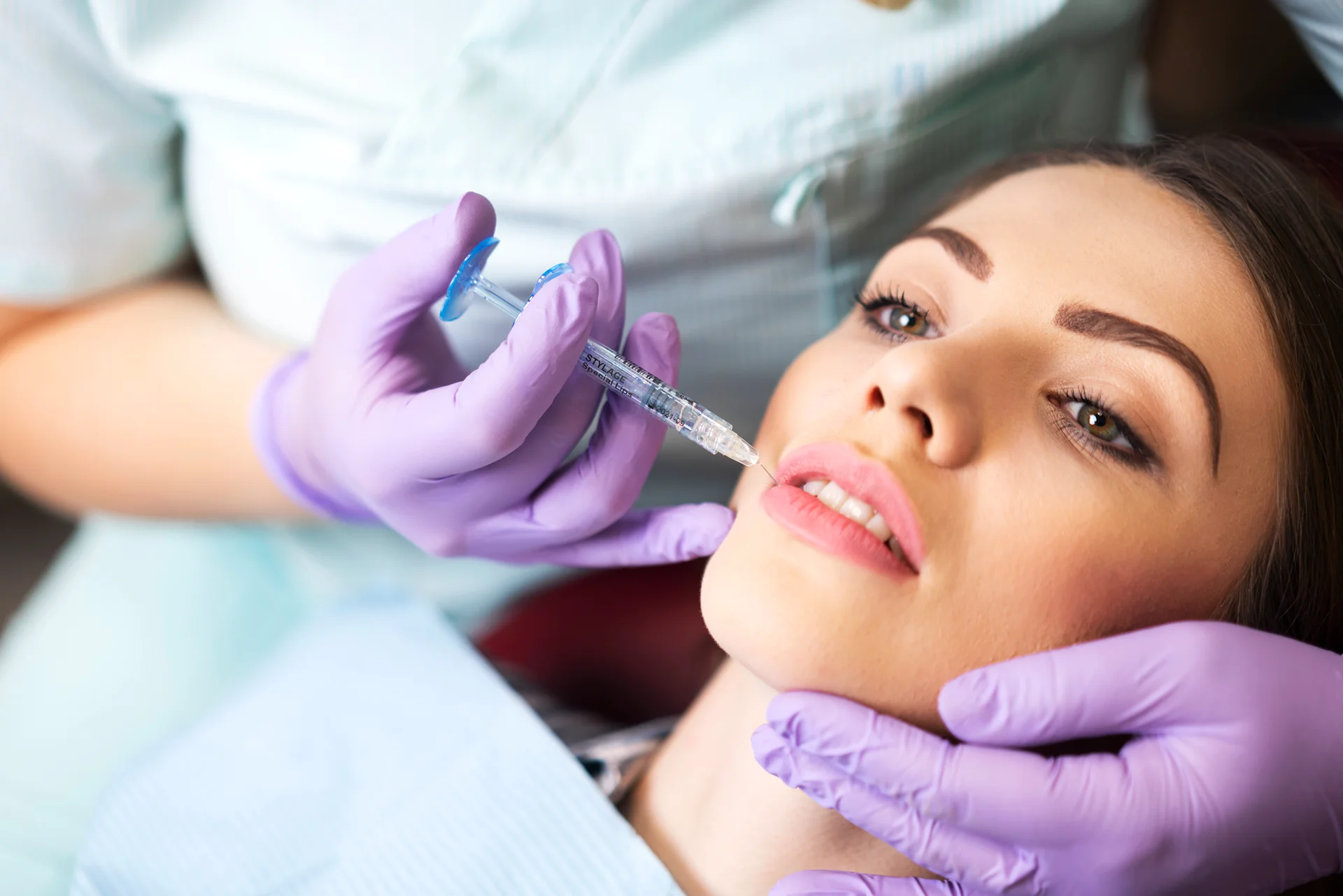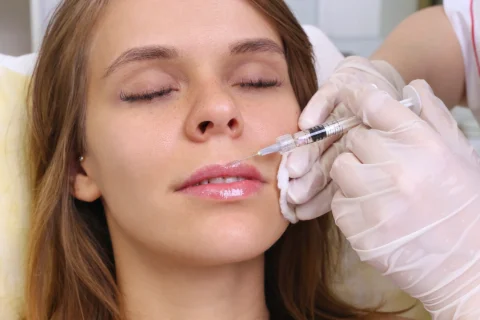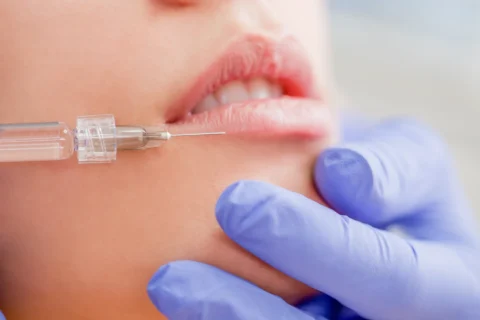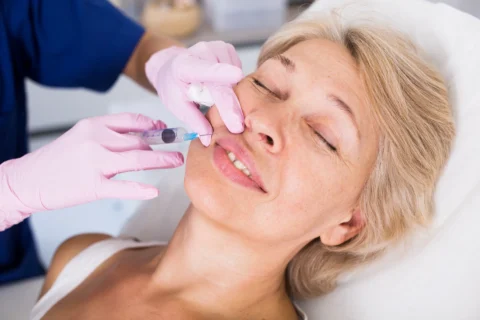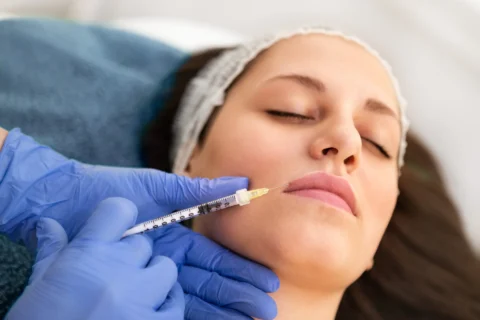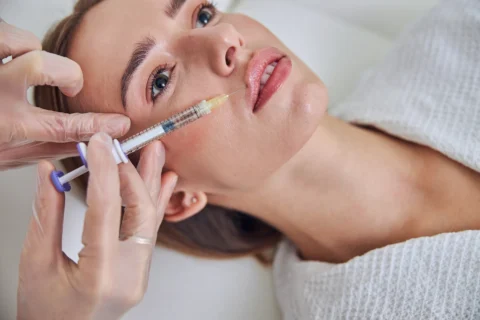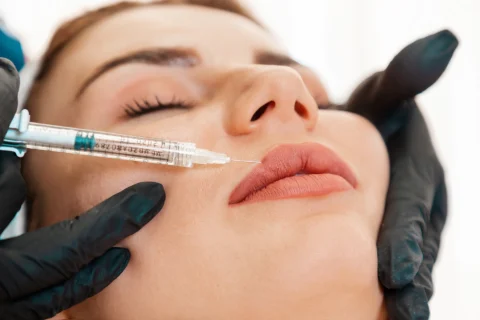Easy-to-follow Tips on Shortening Recovery Time
Lip filler treatments have grown increasingly popular as a way to enhance facial features in a minimally invasive manner. Dermal filler injections offer a simple and effective means of adding volume and fullness to the lips. However, swelling is a common side effect experienced in the days and weeks following a lip filler procedure.
Swelling occurs as the body undergoes a natural healing process in response to the injection. Dermal fillers used in lip augmentation procedures are recognized by the body as foreign substances. This triggers an inflammatory response aimed at breaking down and absorbing the filler material.
What Causes Swelling After Lip Fillers?
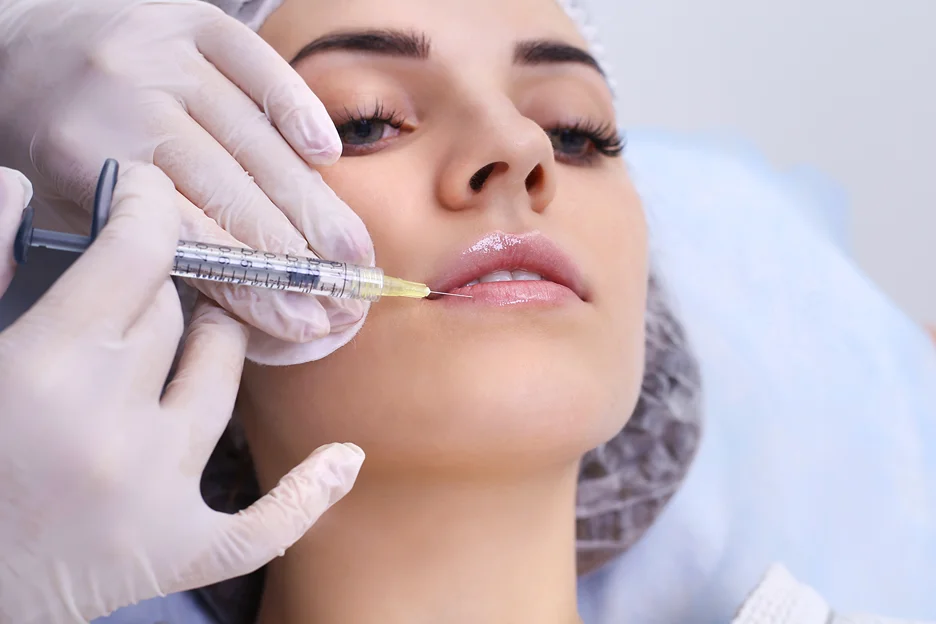
1. Natural Response
Getting lip fillers triggers the body’s natural response to perceived injury or foreign substances. When dermal fillers are injected into the lips, they are recognized by the immune system. To combat the perceived risk of infection and remove non-self materials, the body initiates an inflammatory response.
This response includes increased white blood cell activity and the release of histamine and other inflammatory mediators. These substances cause blood vessels in the lips to dilate, increasing blood flow to the injection sites. This enables white blood cells to more easily reach and eliminate the dermal fillers. However, the enlarged blood vessels also allow fluid from surrounding tissues to accumulate, manifesting as localized swelling.
2. Blood Vessels Injury
Even with an experienced injector, the fine needles used in lip fillers pose a small risk of puncturing delicate blood vessels in the lips and surrounding perioral tissues. Tiny lacerations or tears to capillaries provide entry points for additional fluid and blood to accumulate under the skin surface.
This contributes to short-term swelling following filler procedures. However, bruising and vessel trauma are usually minor and heal with reabsorption of the collection over the first few weeks.
3. Fluid Retention
Dermal fillers work by stimulating the body’s natural production of hyaluronic acid to add structure and volume to the lips. Hyaluronic acid is a glycosaminoglycan that has a high affinity for and the ability to retain water.
When injected as dermal fillers, they absorb fluid from surrounding tissues in the early stages of integration into the lips. This osmotic fluid shift leads to short-term localized swelling around the injection sites as more serum accumulates than the lymphatic system can initially remove.
Immediate Aftercare Instructions for Swelling
Following the injector or surgeon’s aftercare instructions is important for achieving the best results and minimizing side effects from dermal lip filler treatments. Proper initial aftercare in the first 24-48 hours post-procedure can help reduce the degree and duration of swelling.
- Ice Pack and Cold Compress: The best-known way to reduce swelling in the initial hours post-treatment is by applying a cold compress. Gently place an ice pack wrapped in a paper towel or tea towel over the lips, leaving it on for 10 minutes then taking 10 minutes off. This can be repeated up to every hour as needed for discomfort. The cold temperature helps constrict blood vessels to lower local blood flow and fluid accumulation.
- Keeping Head Elevated: Reducing blood flow to the treated area also helps minimize swelling. Lying with extra pillows so the head is elevated above the heart allows gravity to work against fluid migration to the facial features.
- Avoiding Strenuous Exercise: Vigorous exercise may cause blood vessels to dilate more, increasing swelling. Refrain from intense workouts for 24-48 hours as the lips begin healing. Light activity is usually permissible.
- Stay Hydrated: Drinking plenty of water will aid lymphatic fluid drainage and reduce the risk of water retention and worsening swelling. Fresh fruit juices provide antioxidants to support healing. Supplement electrolytes if perspiring excessively.
Foods and Supplements to Consider
Certain foods should be avoided or consumed in moderation shortly after lip filler procedures to reduce swelling. Make sure to avoid spicy and salty foods as they have the potential to exacerbate any swelling through their effects on blood pressure. Spicy foods cause vessel dilation while salt leads to fluid retention.
We recommend that you consume:
- Fresh and Healthy Fruits rich in antioxidants like berries, melons, and pineapple can aid the healing process. Antioxidants combat free radical damage from the inflammatory response. Pineapple in particular contains the enzyme bromelain.
- Bromelain Supplements have anti-inflammatory properties and are thought to accelerate the reduction of swelling and bruising after treatments. Consuming bromelain through fresh pineapple juice or supplemental capsules is a natural preventative measure.
- Arnica is commonly recommended for its ability to speed post-procedure healing. Arnica Pills and Balms can help minimize bruising and swelling when taken internally or applied topically in combination. Arnica supplements work by reducing bradykinin and other mediators of pain and inflammation.
- Hydration is still important, so opt for still or sparkling water over sugary juices when thirsty. Small frequent meals with a balanced mix of lean proteins, whole grains, and fibrous vegetables also aid recovery from lip filler procedures.
Things to Avoid Post Lip Filler Procedure
To best facilitate the healing process and minimize swelling and bruising after lip injections, some activities should be limited or prohibited in the initial days following treatment:
- Hot Showers and Hot Yoga classes place the skin under prolonged exposure to heat. This causes blood vessels to dilate more extensively. A
- Alcohol Intake challenges the body’s management of swelling and recovery. It is a vasodilator that thins the blood and expands vessels.
- Blood-Thinning Medications’ inherent risk lies in their anti-coagulating properties. Prescription thinners or natural supplements like fish oil, turmeric, or ginger carry a potential risk of excessive bleeding if taken in conjunction with minor vessel disruption from lip injections.
- Refrain also from intensive sun or UV exposure, dental procedures, or cosmetic treatments until initial swelling recedes, generally between 5-7 days post-procedure according to treatment guidelines.
Potential Complications and Solutions
While minor swelling and bruising are common and expected, some issues may require evaluation or treatment.
- Uneven swelling may occur if the filler disperses asymmetrically. Most minor unevenness subsides naturally as swelling decreases. However, contact the injector if swelling seems excessive on one side versus mild or none on the other after a few days.
- Those prone to cold sores should prophylactically take antiviral medication both before and after appointments to prevent filler injections from triggering outbreaks. Lip fillers can transfer viral particles from hands to lips during the procedure.
- Differentiating between an allergic reaction and a normal reaction can require medical guidance. Signs such as hives, difficulty breathing, or a rapid swelling onset within hours indicate an acute allergic response requiring immediate intervention. Mild peppermint oil swelling responding to antihistamines is less urgent to monitor.
Breeze Through Common Swelling Side Effects with Ethos Spa!
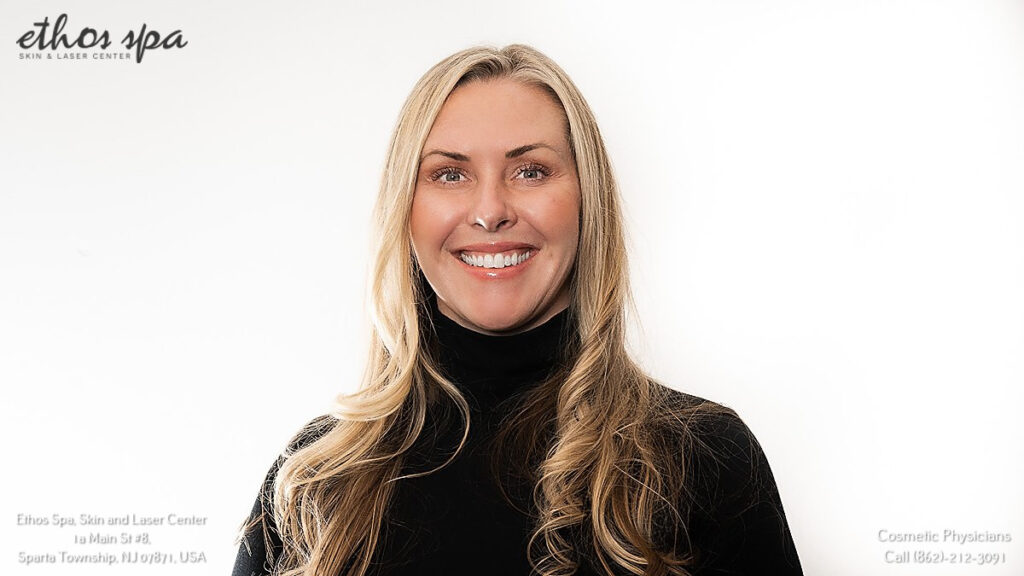
Swelling is a temporary part of the lip filler healing process. By following your provider’s aftercare instructions and avoiding activities that could impede recovery, discomfort can be minimized. Staying informed of factors influencing swelling also equips you to make choices supporting optimal results.
Should any queries arise, contact us or book an appointment online. Ethos Spa offers a variety of dermal filler options to beautifully plump lips. We are highly trained to help clients enjoy natural-looking, long-lasting lip enhancements. We’re looking forward to hearing from you!

